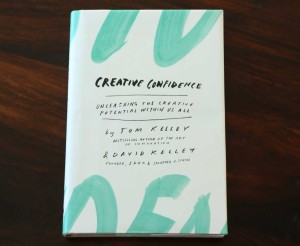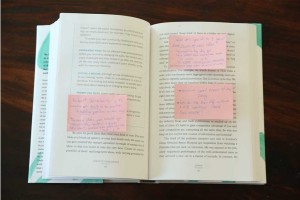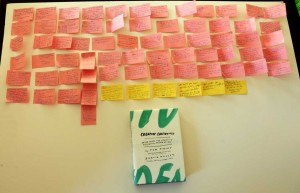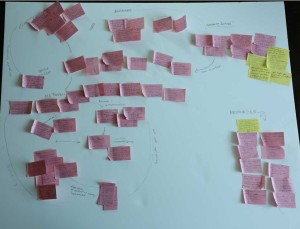Creative Confidence: Unleashing the Creative Potential Within Us All
What I learned:
Creativity has been identified as the single most important asset that sets you apart from the crowd in a wide ranging survey of American business leaders. Creativity is something each one of us has, and which will get better with practice. Creativity means being able to think wide and then move laterally among concepts, developing new connections among sometimes seemingly disparate ideas. Creativity develops its muscle through adhering to methodology.
Methods being adhered to over time will yield results. In practice, from a product design standpoint, this means prototyping early and iterating often. Do not wait for your idea or product to take on “perfect” shape before you release it into the world. Launch in “beta” and tweak according to feedback, so that the project grows organically to meet the needs of users.
The user is king. The only things worthwhile doing, are those that have some utility to the public meant to use the product. In order to understand what the public needs, one must design with empathy. This means observing users, getting to the root of their actions, and anticipating latent needs.
Knowing which questions to ask is important. Questions are needed to bring a product further along, and also to break out of unproductive cycles. Questions such as “How might I…” help throw ideas out there and free up the mind. Reframing questions so as to look at a problem from different angles is critical to innovate. For example, rather than looking at how to change hospitals in order to deal with preemie babies in developing nations, ask yourself what the actual daily factors of life are for those mothers and the realities they face? Rather than working for a hospital solution, in many developing nations with large rural populations where mothers leave hospitals very early, it makes more sense to develop in-home solutions. Translate your insights into an actionable framework.
Always ask yourself: are you making a connection or are you making contact?
One needs to be intentioned with projects. Creativity and progress are the results of deliberate planning. However, one must not get stuck in the planning stage or else face the possibility of never getting started. Don’t let planning become a blocking factor.
Remember creativity and creating something is a product of believing you have some efficacy in the world, that you can create an impact. This puts the responsibility for choosing actions which will bring this feeling of efficacy into reality, squarely into your hands.
Failure is the fertile ground for better, more viable ideas and products. Failure is a part of the process and is to be heartily welcomed.





I’m so happy i found your website. You are such an motivation!
Helpful info. Lucky me I discovered your web site by accident, and I am stunned why this accident did not happened in advance! I bookmarked it.
I just like the helpful info you provide in your articles. I’ll bookmark your weblog and check again here regularly. I’m somewhat certain I will be told many new stuff right here! Good luck for the following!